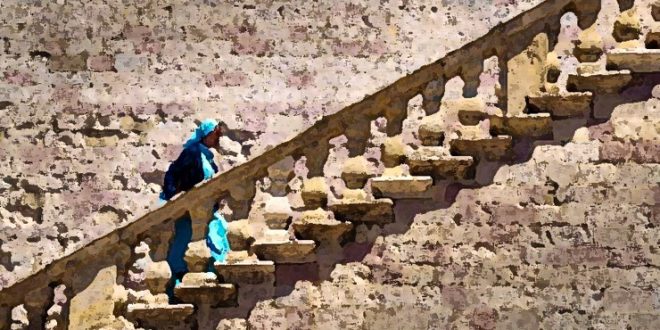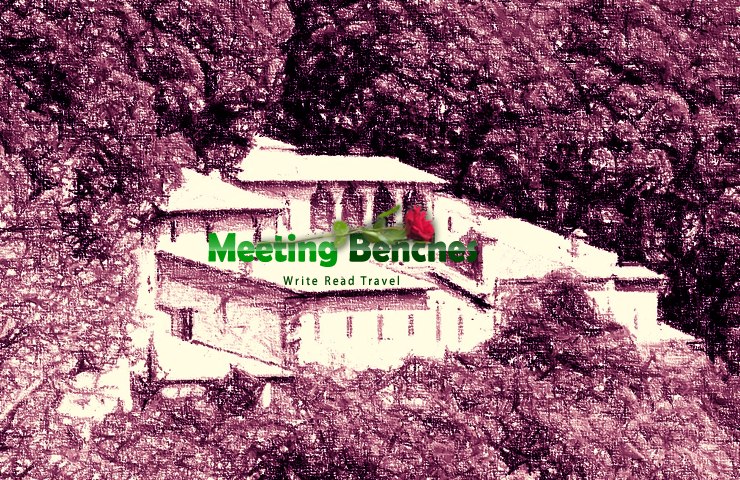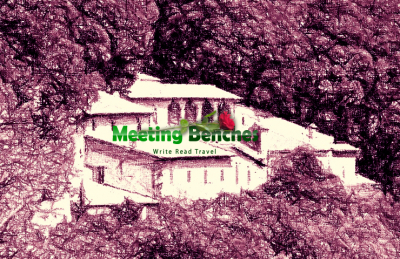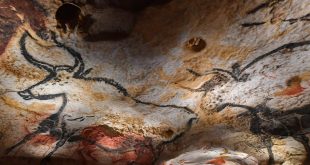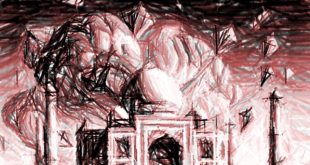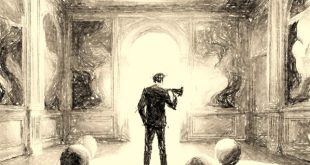Do what is necessary, then what is possible
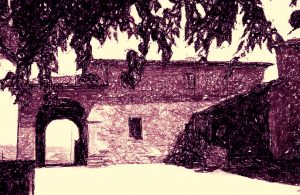
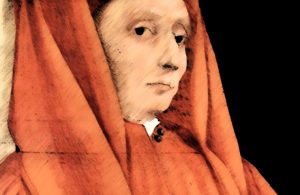
 There are places where special things happen, like the roots of a tree that embrace the rock, a full moon just veiled by a cloud or a hill where a child is born destined to change the perception of painting. You can go to central Italy http://www.italia.it/en/home.html to understand how all this happened and it continues to perpetrate.
There are places where special things happen, like the roots of a tree that embrace the rock, a full moon just veiled by a cloud or a hill where a child is born destined to change the perception of painting. You can go to central Italy http://www.italia.it/en/home.html to understand how all this happened and it continues to perpetrate.
Vicchio was the birthplace of two masters of the figurative art: Giotto di Bondone and Beato Angelico. The birthplace of Giotto di Bondone http://www.zoomedia.it/Vicchio/Giotto.html was portrayed by many painters. During the first surveys on the structures, the house was an appendix built after the fifteenth century. Not far from Vespignano, the sixteenth-century Ponte di Ragnaia replaced a previous medieval bridge, where the meeting between the painter Cimabue and the shepherd boy Giotto took place, intent on drawing a sheep.
In Florence, he painted an altarpiece known as the Ognissanti Madonna (now in the Uffizi Gallery). His works point to the innovations of the Renaissance style that developed a century later. Born around 1266 on Vespignano hill (near Florence), he become the most important Italian painter of the 14th century. Giotto di Bondone http://www.travelingintuscany.com/arte/giotto.htm has been revered as the father of European painting. Around 1310, he signed the painted decoration of the interior of the Scrovegni Chapel in Padua.

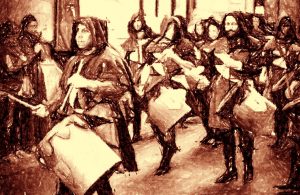 Sometimes, the memory of a trip to Assisi http://www.visit-assisi.it/en/ can be the memory of a person we met or the restaurant where we ate an asparagus duck (on an orange bed). Sometimes can be the smile of a car parker or the music that we listened to inside a suggestive basilica, in the early morning, where outside a light mist floated over a vast plain, while a nun used a vacuum cleaner, a few meters from the grave of a man who wanted to be poor.
Sometimes, the memory of a trip to Assisi http://www.visit-assisi.it/en/ can be the memory of a person we met or the restaurant where we ate an asparagus duck (on an orange bed). Sometimes can be the smile of a car parker or the music that we listened to inside a suggestive basilica, in the early morning, where outside a light mist floated over a vast plain, while a nun used a vacuum cleaner, a few meters from the grave of a man who wanted to be poor.
The most illustrious of its citizens was born there in 1182. Assisi http://www.visit-assisi.it/en/history-and-culture/history/summary/ is a city of Roman origin; numerous monuments (such as the facade of the Temple of Minerva, the Amphitheater and the Walls) bear witness to this. The chronicles concerning the life of Saint Francis attest that in his youth the saint excelled in the composition of songs, the songs of May https://www.calendimaggiodiassisi.com/la-festa performed by young people who moved to the districts of the city. Not only. Those young people began to sing in the choirs of the churches, the musical chapels.
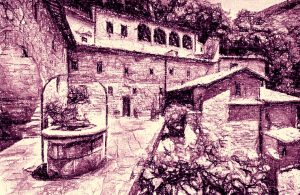
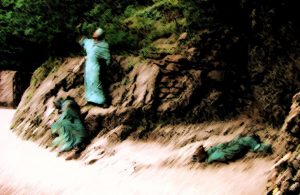 Who at least has not imagined breaking with ordinary life, imagining spending the rest of their days in a remote place, where to separate the superfluous from the essential? Forbes has compiled the ranking of the most remote places on our planet. There are also in Italy with places to find peace, in Tuscany, Umbria and Marche, https://www.ilturista.info/ugc/info/tour/953-Soggiorno_in_convento_monastero_eremo_abbazia_e_santuario_ecco_dove_in_Italia/, where the welcome inspired by silence has become a lifestyle.
Who at least has not imagined breaking with ordinary life, imagining spending the rest of their days in a remote place, where to separate the superfluous from the essential? Forbes has compiled the ranking of the most remote places on our planet. There are also in Italy with places to find peace, in Tuscany, Umbria and Marche, https://www.ilturista.info/ugc/info/tour/953-Soggiorno_in_convento_monastero_eremo_abbazia_e_santuario_ecco_dove_in_Italia/, where the welcome inspired by silence has become a lifestyle.
The Hermitage of the Prisons https://www.assisiofm.it/eremo-delle-carceri-assisi-103-1.html stands near some natural caves, frequented by hermits already in the early Christian era. Located 4 kilometers from Assisi, at 791 meters above sea level on the slopes of Mount Subasio, the hermitage is a place where Francesco d’Assisi retired to meditate, in a forest of ancient holm oaks and small chapels, where pilgrims withdraw in contemplation http://turismoreligioso.umbriaonline.com/eremo-delle-carceri-di-assisi.html.
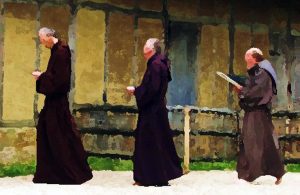
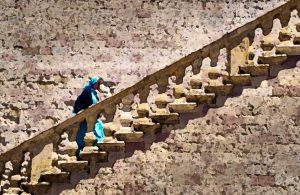 A Franciscan habit can be recognized a hundred meters away. Made in the shape of a sack, the habit has a strong penitential value, because it is made with coarse fabrics (wide sleeves and tied to the waist with a cord). This habit, worn by monks, was used (as a permanent habit), by Francis of Assisi: “all the monks wear humble robes and are allowed to patch up with sackcloth and others with the blessing of God, so that they may have a garment in the kingdom of the skies”.
A Franciscan habit can be recognized a hundred meters away. Made in the shape of a sack, the habit has a strong penitential value, because it is made with coarse fabrics (wide sleeves and tied to the waist with a cord). This habit, worn by monks, was used (as a permanent habit), by Francis of Assisi: “all the monks wear humble robes and are allowed to patch up with sackcloth and others with the blessing of God, so that they may have a garment in the kingdom of the skies”.
In addressing all aspects and shades of creation, as either Sister or Brother, Francis of Assisi demonstrated his desire to be in relationship with all of creation. On the shores of Lake Michigan, in 1849, some women from Bavaria (southern Germany), founded the Sisters of St. Francis of Assisi https://www.lakeosfs.org/.

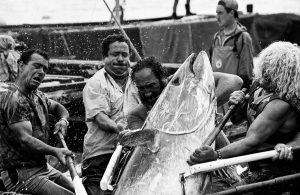 The right camera to start taking photos is a reflex (compact, bridge or omirrorless), because it is convenient to carry around. In the SLR camera https://en.wikipedia.org/wiki/Single-lens_reflex_camera, you can change the lenses. You can buy your first reflex used, because you save and the quality remains the same. If you want to learn to identify and photograph the best subjects, train yourself to do it in unthinkable places, as Mauro Galligani has always done.
The right camera to start taking photos is a reflex (compact, bridge or omirrorless), because it is convenient to carry around. In the SLR camera https://en.wikipedia.org/wiki/Single-lens_reflex_camera, you can change the lenses. You can buy your first reflex used, because you save and the quality remains the same. If you want to learn to identify and photograph the best subjects, train yourself to do it in unthinkable places, as Mauro Galligani has always done.
Superb in conveying the thrill of direct contact, he is an eyewitness to the great events of the international news. Born in 1940 in Farnetella (Siena), he attended the School of Cinematography in Rome. Deeply influenced by neo-realist cinema, Mauro Galligani https://www.panorama.it/foto/grandi-fotografi/alla-luce-dei-fatti-mauro-galligani-mostra-ad-arezzo/ became photojournalist for an Italian newspaper, following the events of the international news.
The intellectual properties of the images that appear on this blog correspond to their authors. The only purpose of this site is to spread the knowledge of these creative people, allowing others to appreciate the works. If you want to know our author travel already published, you can type http://meetingbenches.com/category/author_travels/.
 Meeting Benches World art in all forms
Meeting Benches World art in all forms
